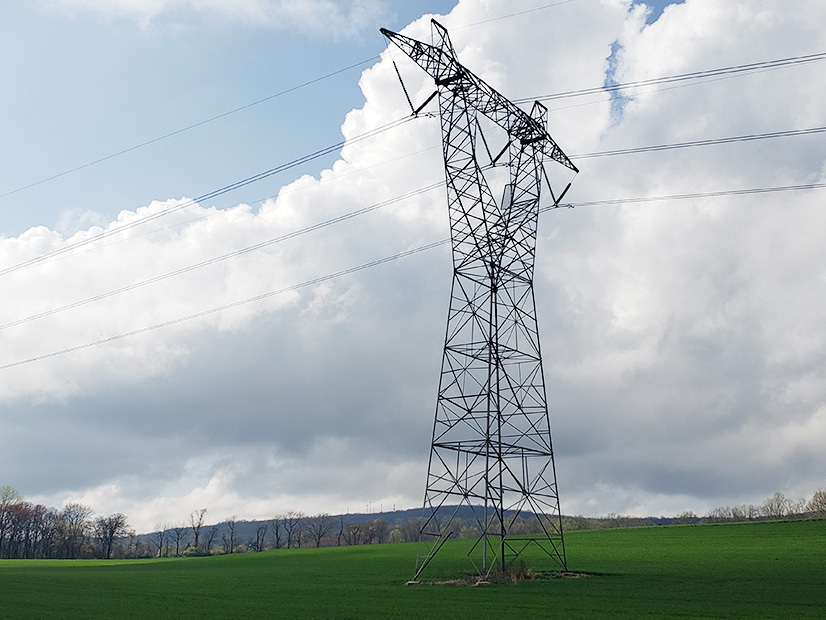FERC on Thursday approved NERC’s plan for funding the interregional power transfer capability study ordered by Congress in June, which will require the ERO to redirect 2023 budget funds intended for other purposes and tap its Assessment Stabilization Reserve (ASR) (RR22-4).
NERC submitted the plan to the commission in June, shortly after its Finance and Audit Committee approved the plan in a special meeting. (See NERC FAC Approves Transfer Study Funding.) The proposal was developed after Congress ordered the study as part of the Fiscal Responsibility Act, passed in June.
The FRA requires NERC to deliver to FERC by December 2024 a study on the total transfer capability between neighboring regions, additions to transfer capability that could strengthen grid reliability and recommendations to meet and maintain total transfer capability. (See Lawmakers, White House Promise More Work on Permitting After Debt Deal.)
NERC calculated it would require $1.55 million in funds not accounted for in its budget because it did not know about the requirement to perform the study when it created its 2023 business plan. To accomplish this, the ERO decided to reprioritize its 2023 work plan to free up cash. The effort included deferring several projects planned for this year, along with the ERO’s intentions to fill three open positions in bulk power system awareness, engineering and security, and standards.
After these steps, NERC determined it still would need to draw $700,000 from the ASR to avoid a special assessment. In its filing to FERC, NERC described the use of the ASR — which is funded only by U.S. entities — as fitting because the U.S. federal government mandated the study without input from Canada’s government.
In its decision last week, the commission said it found NERC had “provided sufficient information to justify” its proposal to tap the ASR. No motions to intervene or protests were filed with FERC, and the commission indicated no disagreement with NERC’s reasoning.
FERC did, however, take issue with the ERO’s reason for filing the budget request. While NERC only asked permission to use the ASR, the commission observed that the ERO is required to seek the commission’s approval for any change in how it uses budget. This meant, in FERC’s eyes, that NERC’s proposal as submitted was incomplete.
Despite this mild rebuke, the commission acknowledged that NERC had justified the reallocation anyway, and “because we understand the importance of expediency in this matter,” FERC said it would approve both parts of the plan without requiring another filing from the ERO.
The commission’s approval means NERC officially can begin work on Phase 1 of the study. A NERC spokesperson told ERO Insider that staff expects to start this phase — which includes identifying areas of surplus and deficient generation; performing the transfer capability analysis; and identifying thermal, voltage and stability limits — on Aug. 15.
FERC’s decision accounts for only the 2023 expenditures; paying for the work to be done next year requires revising NERC’s 2024 business plan and budget, a draft of which the ERO already had completed before Congress passed the FRA. NERC’s Board of Trustees and board committees will meet this week in Ottawa to consider the revised budget.
According to the FAC’s agenda, the study is projected to cost $3 million next year. NERC plans to pay $400,000 of this with “repurposed contractor and consultant funds,” leaving a total budget increase of $2.6 million. This cost will be split evenly between the ASR and the Operating Contingency Reserve.



